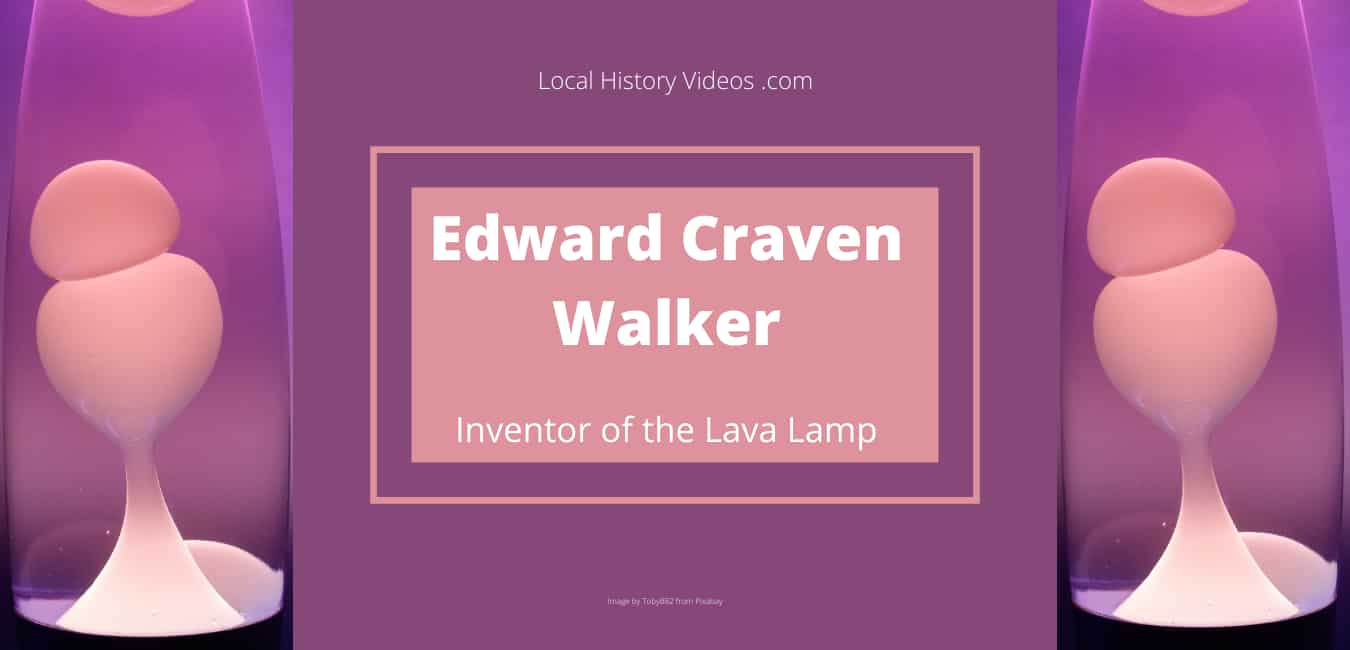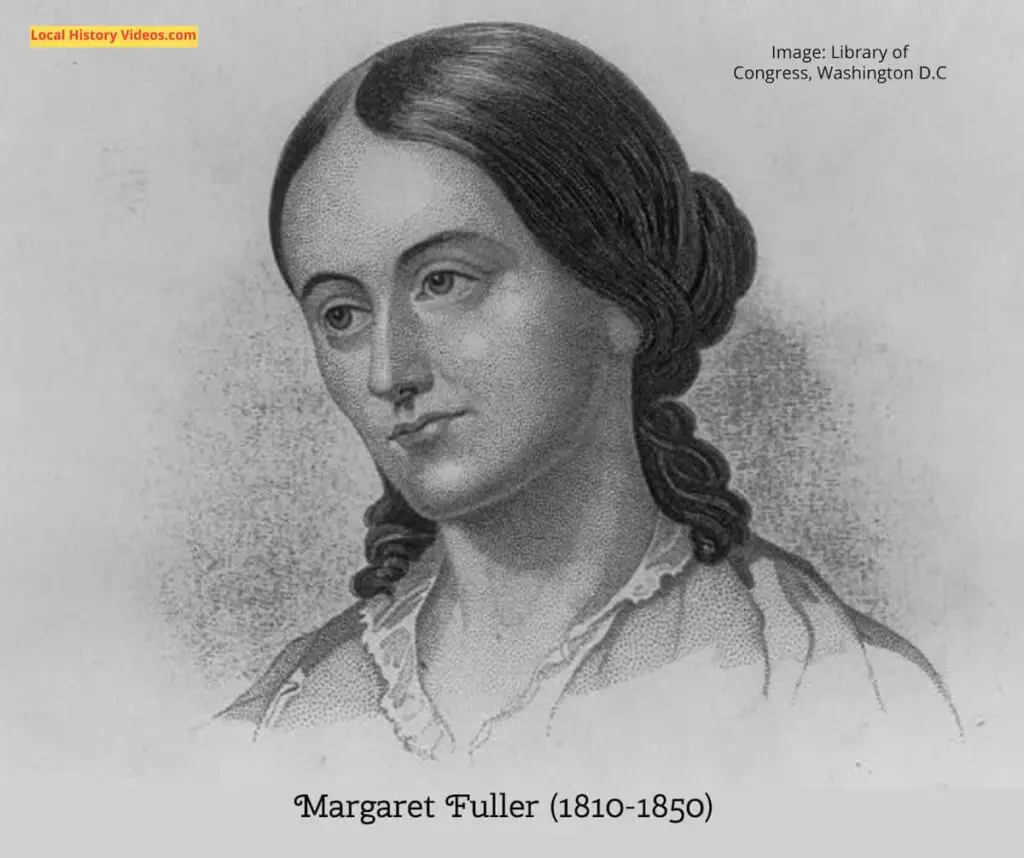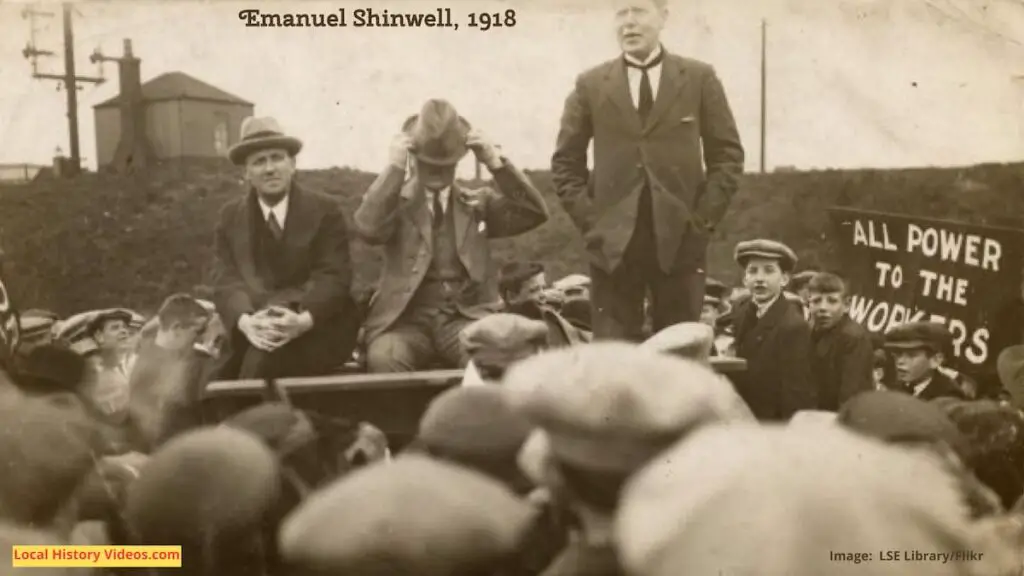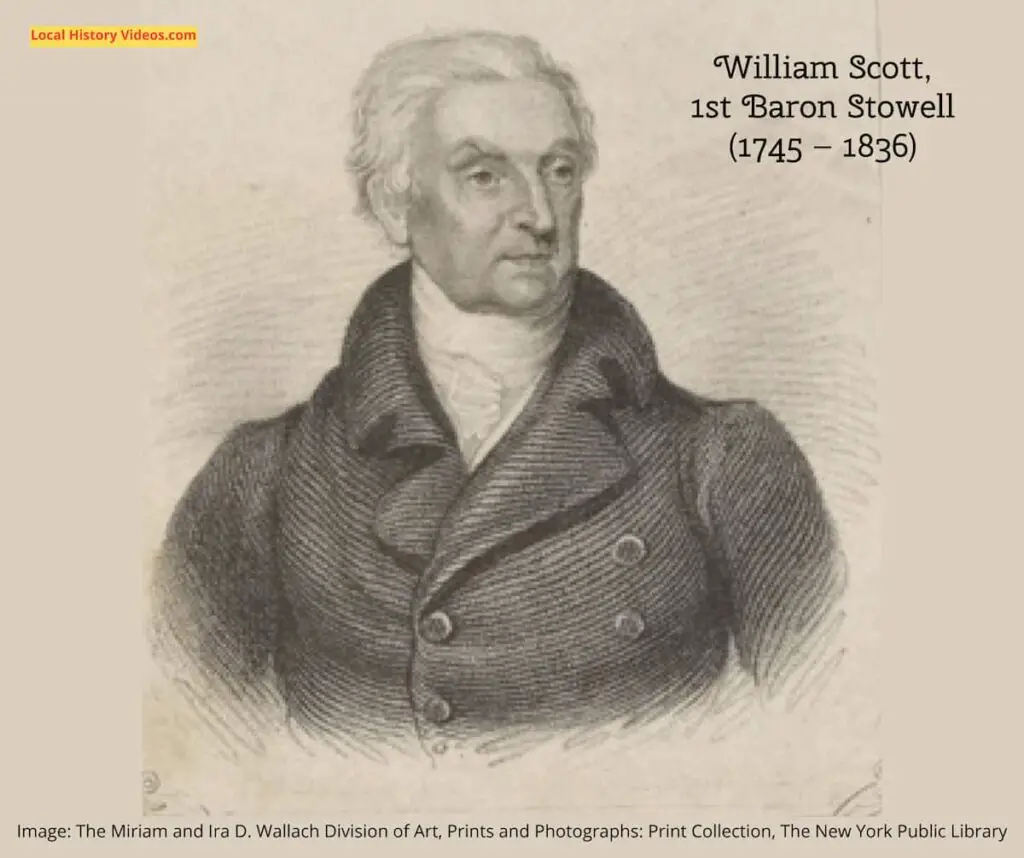Discover how the inventor and filmmaker Edward Craven Walker came up with the idea for what became known as the Lava Lamp.
Edward Craven Walker was already a self-made millionaire before a chance discovery in a Ringwood pub led him to invent the Astro Lamp from an outbuilding at his home in Dorset. Rebranded as the Lava Lamp, it became an iconic product of 1960s America and Britain, and the vintage design is still in demand today.
Why did Edward Craven Walker invest the Lava Lamp? Because he was a successful businessman with good ideas, and spotted commercial potential in this beautiful and mesmerising product.
Edward Craven Walker Biography
Quick Facts
- Born: 4 July 1918
- Died: 15 August 2000, Hampshire
- Known For: British inventor of the lava lamp
- Profession: Accountant, filmmaker, nudist campgrounds owner, inventor of the Astro Lamp
- Films: underwater nudist genre
“If you buy my lamp, you won’t need drugs… I think it will always be popular. It is like the cycle of life. It grows, breaks up, falls down and then starts all over again.”
Edward Craven Walker
Interview with Inventor of the Lava Lamp
Posted to YouTube by Men and Motors: Lifestyle Extra
Edward Craven Walker’s Childhood
Edward Craven Walker’s British father was a port agent for P&O in Singapore, and it was here in 1918 that the inventor of the lava lamp was born.
He enrolled at the Pageites Boarding House at Charterhouse school in Britain in the Autumn Term of 1931, when he was 13 years old. A successful school footballer and cricket player, he took part in the school’s 1935 pageant and was a prefect in his final term.
After leaving Charterhouse in the summer of 1935, he went to work at the British American Tobacco cigarette factory in Millbrook, Southampton.
World War II
His romance with colleague Pearl Corney was cut short when he was posted to India. But on the day he was to sail, the Second World War broke out. So he joined the RAF instead.
During the Second World War, Craven Walker flew unlit and unarmed DeHavilland Mosquito planes on photographic reconnaissance missions, taking aerial photos of enemy territory in Germany. He became a squadron leader. At the air base he met Marjorie Bevan Jones, a member of the Women’s Auxiliary Air Force (WAAF).
Founder of the Bournemouth and District Outdoor Club
After the war, Craven Walker set up an international home-exchange agency, “En Famille”, in partnership with his RAF friend Simon Templar. On a visit to the Ile du Levant, off the south coast of France, he discovered the naturist movement.
He became a member of Spielplatz naturist camp, where he met Elizabeth Elcoate Gilbert in the 1950s. The popular nudist model, who was routinely described as Naturism’s Ambassador, became his second wife.
Craven Walker then set up the Bournemouth and District Outdoor Club (BDOC), a naturist resort.
It attracted around 250 local members and more visitors from further afield. In addition, it housed many annual meetings for the Central Council of British Naturism.
In 1994 a fire at the clubhouse meant it had to be completely rebuilt.
When Edward Craven Walker died in the year 2000, the family closed the facility, which was in need of renovation.
The member-run BDOC moved to a four acre camping site next door and built a swimming pool. But with site earmarked for other purposes by the owners, the club closed its gates for the final time at the end of May 2018.
Edward Craven Walker Films
Craven Walker became a pioneer in naturist films, especially underwater filming. He used the aliases Craven Walker and Michael Keatering.
His 1959 naturist film Travelling Light was the first naturist film to receive public release in the UK, running for many months in the West End and receiving world wide distribution. To placate sensors at the British Board of Film Classification, pubic hair wasn’t shown. Unexpectedly, it made him wealthy, which allowed time and money for further filmmaking. It also gave him the freedom to pursue his now world-famous table lamp invention.
Edward Craven Walker Films
- 1961 Travelling Light – Director, Producer, Cinematographer: underwater sequences (as Michael Keatering)
- 1961 Sunswept – Director, Producer, Underwater photographer (as Michael Keatering)
- 1963 Eves on Skis (Short) – Actor, Director & Producer (as Michael Keatering) & writer (as Craven Walker)
- 1995 Naturism UK (Video) – Actor (as Craven Walker)
- 1995 Doing Rude Things (TV Movie documentary) – Self
While Edward was away at his apartment in Costa Natura, a naturist resort in Málaga, Spain, a tree fell on the garage storing his film archive. Therefore, much of it was lost.
Why did Edward Craven Walker Invent The Lava Lamp?
In The Queen’s Head pub in Ringwood, Craven saw an intriguing invention on display. One of their regulars, Donald Dunnett, who had by this time died, had made a prototype egg timer fro his daughter during the war. Using two immiscible fluids and a lightbulb, the wax melted and rose to the surface with the same timing used to boil an egg.
Seeing the potential to adapt the egg timer into a table lamp like no other, Craven set up a laboratory in a small shed. He then spent eight or nine years working on his invention.
The original lava lamp used hand-blown crystal glass. It was expensive, and could only be bought in small quantities.
Crestworth Produces The Astro Lamps
In 1963 Craven set up a company called Crestworth, along with his third wife Christine. They started production in small buildings on an industrial estate in Poole, Dorset.
Edward took a sample to a buyer at a well known shop. Realising it took a while to warm up, she went away and returned an hour or two later. Her instant reaction was to reject it. It was not a good start, but the British inventor pressed on.
Thankfully, another well known shop started with an order for three dozen lamps. Selfridges was the first major customer of the iconic table lamp.
Tree Top Orange Squash Bottles
Using hand-blown crystal glass was going to hold the company back. It was expensive, and could only be bought in small quantities. Edward sought a cheaper material, and one which included a hand screwed top.
Using cocktail and orange squash bottles of different shapes and sizes to mix ingredients, he concluded that the Tree Top orange squash bottle worked well both for design style and practicality. The manufacturer allowed him to buy thousands of their bottles. They were amused, not knowing how the iconic 20th century table lamp design would outlast the British fashion for the orange juice brand.
The Tree Top orange squash bottle therefore was the shape for the Astro Mini, which later became known as the Astro Baby Lamp.
The company slowly grew as Edward Craven Walker continually sought corporate buyers.
Launched In America – And Sales Explode!
Two American entrepreneurs spotted the Astro Lamps at a 1965 trade show in Brussels.
Buying the licensing rights to market the lamp worldwide, they formed the Lava Corporation in Chicago and renamed The Astro Lamp as the LAVA Lamp.
Sales exploded across both sides of the pond. The 1960s and early 70s were an era of psychedelia, and the Lava Lamp quickly became its symbol.
A Visit From The Cast Of ‘Hair’
In 1968, the cast of the controversial rock musical ‘Hair’ accepted an invitation from the Craven Walkers to visit them at home in Dorset.
Theatregoers in both London and New York were shocked by numerous aspects of the show. Based on the hippie counterculture and sexual revolution of the late 1960s, with several of its songs becoming anthems of the anti-Vietnam War peace movement, the musical featured a racially integrated cast, profanity, depiction of the use of illegal drugs, liberal sexuality, and irreverence for the American flag. Plus, a nude scene saw the audience invited onstage for a “Be-In” finale.
A Long Term Business
As fashions changed, the late 1970s saw sales of the psychedelic Astro Lamp and Lava Lamp collapse. However, the company continued to trade as a family business throughout the 1980s.
In the early 1990s, Edward Craven and his wife Christine went into 80/20 partnership with David Mulley and Camden market stall seller Cressida Granger, who had seen renewed interest in the lava lamps she sold. Crestworth now became Crestworth Trading Ltd.
After a year the younger couple demonstrated their business acumen. So Mr & Mrs Craven Wallace transferred most of the company shares to them.
In 1992 they renamed the Crestworth lava lamp production company as Mathmos. Craven continued to be a minority shareholder for five years. He also worked as a consultant for the company, striving to improve the quality product, until his death in the year 2000. At that point, the company was manufacturing over ten thousand lamps per month
Mathmos continues to manufacture Astro Lamps from the same location. While they use many of the same processes from the 1960s, the range of products has also expanded.
In 2013, Mathmos celebrated the 50th anniversary of the iconic item known fondly as the lava lamp. Over seven million have been sold throughout the world.
At Peace
In the year 2000, when Edward Craven Walker was 82 years old, he lost his fight against cancer, which he had been battling for several years. The pioneering nudist filmmaker, inventor of the lava lamp, and owner of a helicopter and a fire engine, was buried in a small cemetery in the New Forest.
Edward Craven Walker’s Family
Edward Craven Walker was the son of a British port agent for P&O in Singapore. He married WAAF girl Marjorie Bevan Jones and then popular nudist model Elizabeth Elcoate Gilbert. Later he married Christine, with whom he had a long marriage and successful business partnership.
Sadly, on 23 January 2015 his daughter-in-law Christine Craven-Walker drowned in the River Avon. The 70 year old had been walking her dogs near the Wiltshire home she shared with husband Tony, which they had bought from James Dyson ten years earlier.
The Vintage Table Lamp And Its Future
The design of the original lava lamp has slightly changed over time, and cheap overseas copies compete with the quality Mathmos product. But the vintage table lamp has survived the comings and goings of British and American fashion.
Both the young and old instantly recognise the light’s brand. Everyone is drawn to the beautiful movement of the coloured wax as it ebbs and flows.
It remains a popular addition to the student bedroom. The idea it is connected with the psychedelic and drugs movement has never gone away, even though that was never Edward Craven Walker’s scene. It’s amusing to think of these associations with a table lamp invented by a British inventor in a shed, who patiently experimented with warmed wax and bottle designs.





